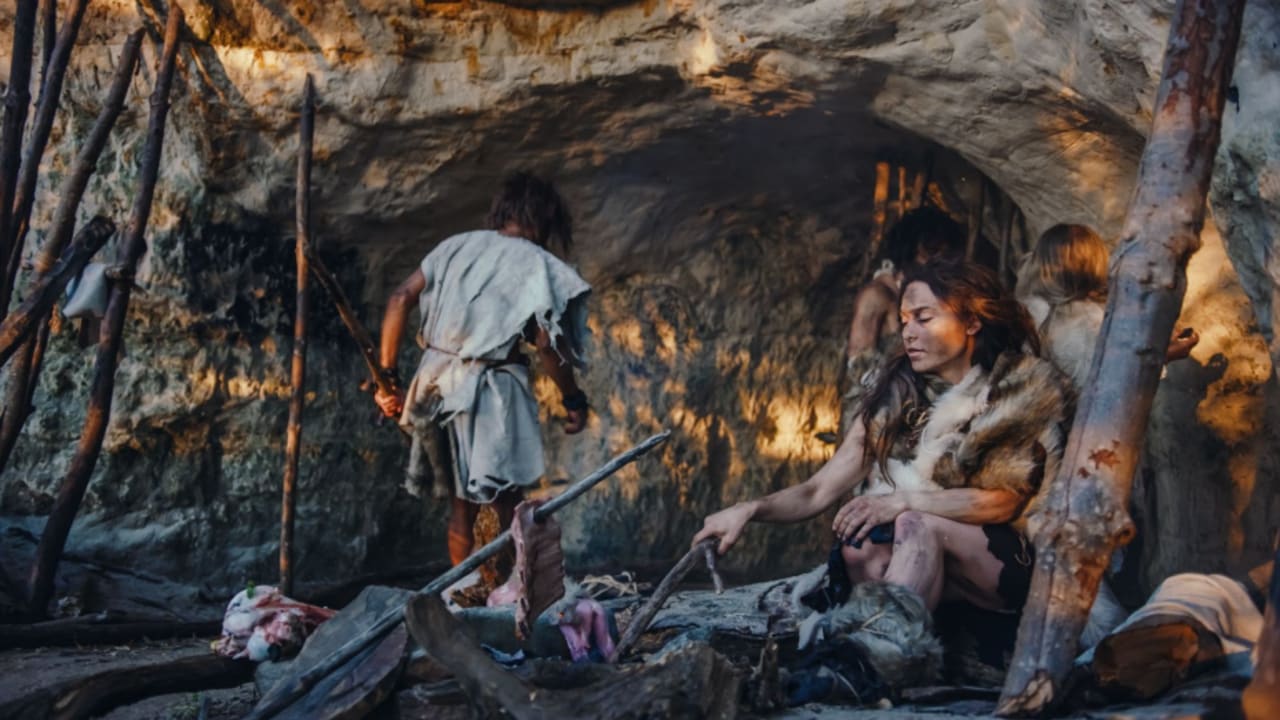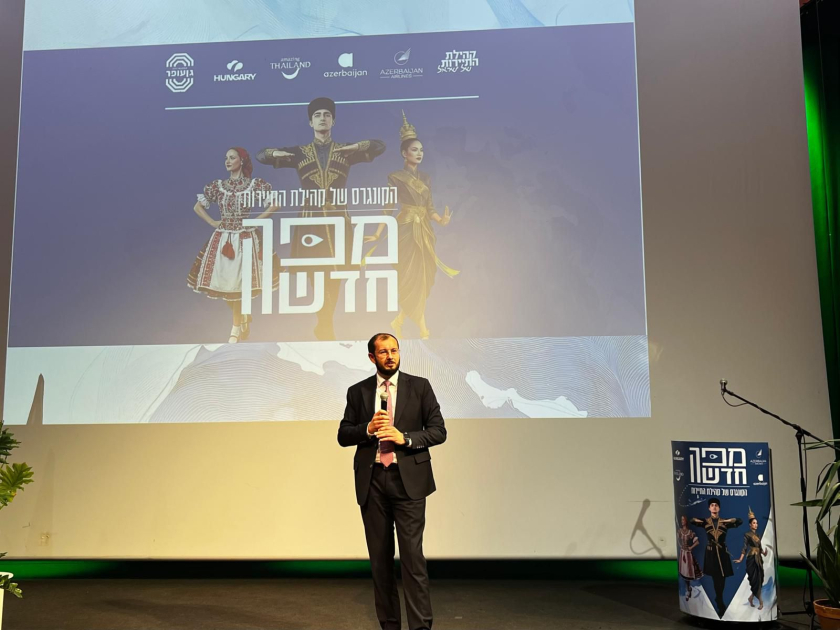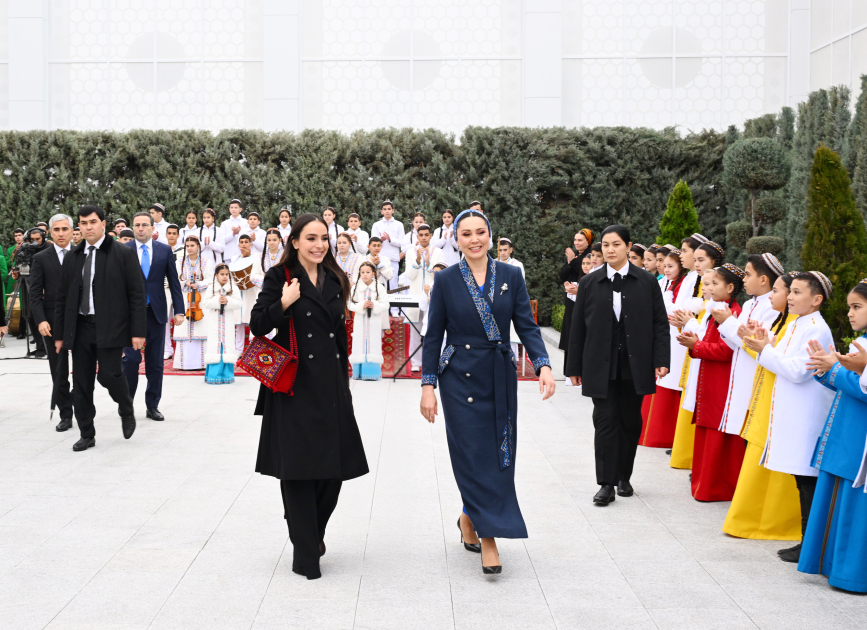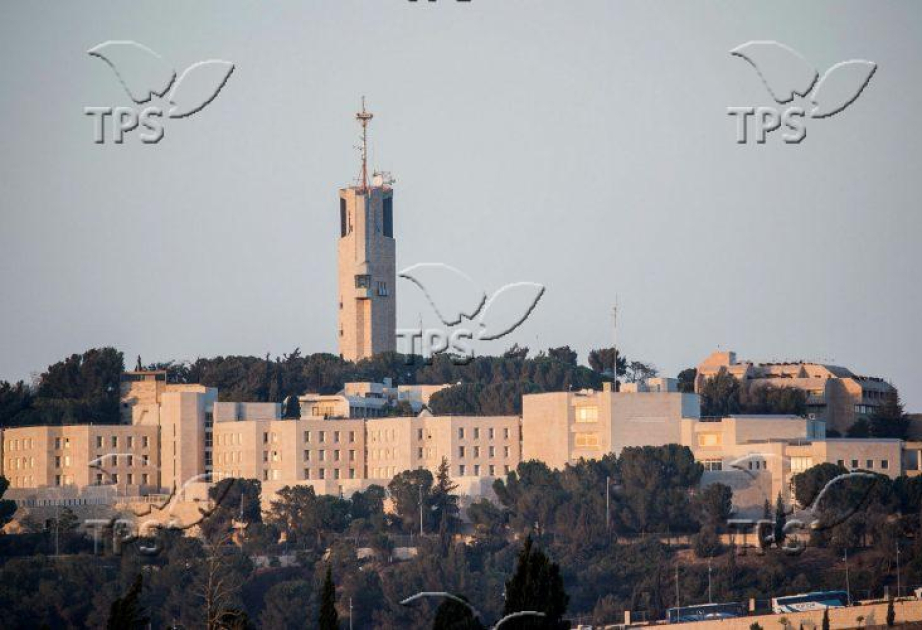ByJERUSALEM POST STAFF
These differences in butchery practices cannot be explained by tool type, skill, or available resources, indicating that cultural practices might be responsible.A new study from the Hebrew University of Jerusalem reveals that Neanderthals living in the Amud and Kebara caves in northern Israel butchered their food in noticeably different ways, according to Phys.org. Despite using the same tools and hunting the same prey, Neanderthal groups in these caves left behind distinct patterns of cut marks on animal bones, indicating different food preparation practices.
The differences in cut marks suggest that food preparation techniques among Neanderthals may have been culturally specific and passed down through generations, possibly influenced by cultural traditions, cooking preferences, or social organization. Neanderthals occupied the Amud and Kebara caves during the winters between 50,000 and 60,000 years ago. Both groups used similar flint tools and relied on the same prey for their diet, primarily gazelles and fallow deer.
Yet, the Neanderthals living at Kebara seem to have hunted more large prey than those at Amud and carried more large kills home to butcher them in the cave rather than at the site of the kill. This finding comes from the analysis of cut marks on animal bones found at the two sites. Scientists examined the cut marks both macroscopically and microscopically, documenting the different characteristics of the cutting marks. The cut marks were clear and complete, largely unaffected by later damage caused by predators or the drying out of the bones.
While the profiles, angles, and surface widths of the cuts were similar between the two sites—likely due to the similar toolkits of the two groups—the patterns of the cut marks differed. At Amud, the cut marks were denser relative to the surviving bone area and less linear in appearance than those in Kebara. These differences in butchery practices cannot be explained by tool type, skill, or available resources, indicating that cultural practices might be responsible.
"The subtle differences in cut-mark patterns between Amud and Kebara may reflect local traditions of animal carcass processing," said Anaëlle Jallon, Ph.D. candidate at the Hebrew University of Jerusalem and lead author of the article in Frontiers in Environmental Archaeology, according to a press release published on EurekAlert. "Even though Neanderthals at these two sites shared similar living conditions and faced comparable challenges, they seem to have developed distinct butchery strategies, possibly passed down through social learning and cultural traditions," explained Jallon. "These two sites give us a unique opportunity to explore whether Neanderthal butchery techniques were standardized," she stated.
To investigate the differences between food preparation at Kebara and Amud, scientists selected a sample of cut-marked bones from contemporaneous layers at the two sites. They considered several possible explanations for the pattern of cut marks, such as the demands of butchering different prey species or different types of bones. However, when examining the long bones of small ungulates found at both sites, the same differences showed up in the data. Experimental archaeology suggests this pattern couldn't be accounted for by less skilled butchers or by butchering more intensively to get as much food as possible.
One possible explanation is that the Neanderthals at Amud were treating meat differently before butchering it, possibly drying their meat or letting it decompose, like modern-day butchers hanging meat before cooking. Decaying meat is harder to process, which would account for the greater intensity and less linear form of the cut marks at Amud. Another possibility is that different group organization in the two communities of Neanderthals played a role.
"The different patterns of cut marks are best explained by deliberate butchery choices made by each group," said Jallon, according to EurekAlert. "If butchery techniques varied between sites or time periods, this would imply that factors such as cultural traditions, cooking preferences, or social organization influenced even subsistence-related activities such as butchering," she added. These findings provide rare insight into the social and cultural complexity of Neanderthal communities, suggesting that different group organization may have played a role in their butchery strategies.
The Neanderthals at Amud and Kebara caves left behind burials, stone tools, hearths, and food remains. At Amud, 40% of the animal bones are burned, and most are fragmented. The burning and fragmentation of bones at Amud could be caused by deliberate actions like cooking or by later accidental damage. At Kebara, 9% of the bones are burned but less fragmented, and they are thought to have been cooked. The bones at Amud seem to have undergone less carnivore damage than those found at Kebara.
"There are several limitations to consider," stated Jallon. "While we have made efforts to correct for biases caused by fragmentation, this may limit our ability to fully interpret the data. Bone fragments are sometimes too small to provide a complete picture of the butchery marks left on the carcass," she explained. "Future studies, including further experimental work and comparative analyses, will be critical to addressing these uncertainties—and perhaps one day we will be able to reconstruct Neanderthal recipes," said Jallon.



.png)
















